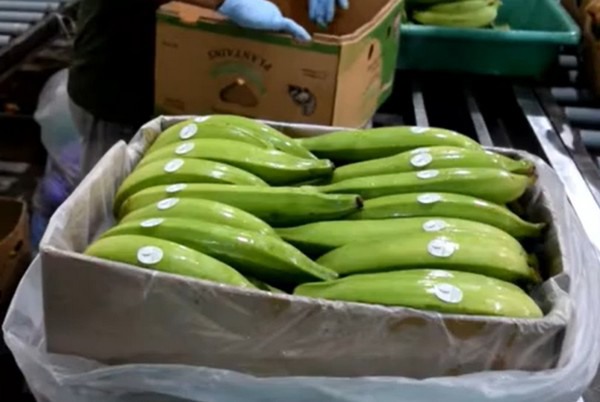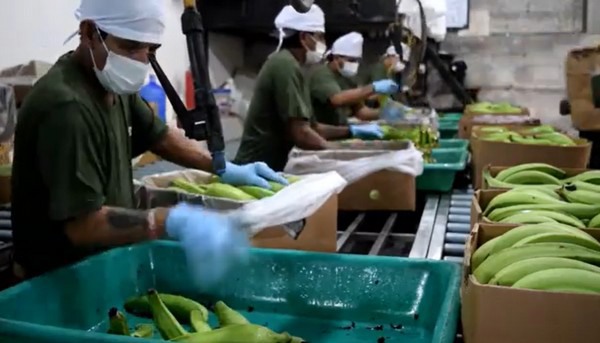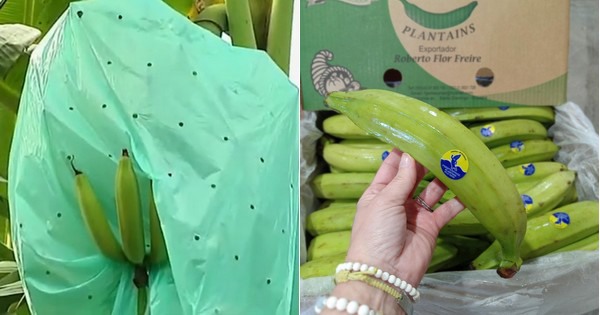Supplies of plantains out of Ecuador are up. “This is due to the rainy season starting two months later than usual. Where the rainy season should have started in November/December of 2022 it started in January of 2023,” says Darlene Zeh of M & M Farms.

M & M ships largely the Barraganete variety (French and Horn’s plantains are two other common types) and they are available year-round, though that is dependent on the rainy season. “This year, the rains started a month and a half later so when it stops raining the plantains grow less,” Zeh says, noting the rainy season usually lasts until April. “In May through October, it gets colder and the fruit does not grow during the colder weather because it stresses the plantains.” In turn, during the non-rainy, colder months production goes down approximately 50 percent.
Alongside Ecuador, Peru, Colombia and Costa Rica are also shipping plantains.

Consumption growing
As for demand, it is steady though Zeh notes that also depends largely on if the U.S. goes through a recession and the overall strength of the economy. “The demand is higher but everything has been thrown off by the pandemic,” she says. “Before the pandemic, demand was higher but then demand spending dropped. We’re still recovering from the pandemic though demand is increasing as plantains are exposed to more countries.”
Possibly adding to the fruit’s increased consumption rate could also be the well-known flexibility of the plantain--it can be steamed, boiled, grilled, baked or fried and Zeh says it’s ranked 10th as the most important staple food in the world.

Altogether that inconsistency around supplies can prove challenging. “There’s no consistency on green plantains in the growing aspect and the buying part either,” she says. “Productivity on green plantains is difficult because in Ecuador, most growers are smaller farms with less capacity. There are too many smaller growers without the proper irrigation and less land.”
As for pricing, Zeh notes that suppliers are paying 100-200 percent more this year compared to last year in January and February and that also incorporates international shipping rates which have peaked.
 For more information:
For more information:
Darlene Zeh
M & M Farms Inc.
Tel: +1 (305) 233-8224
[email protected]
https://m-mfarm.com/










